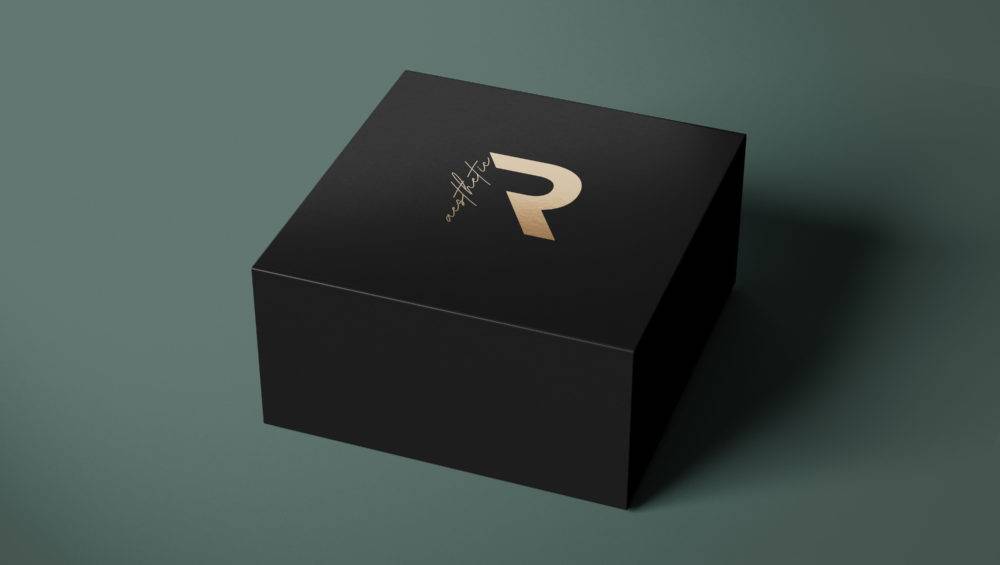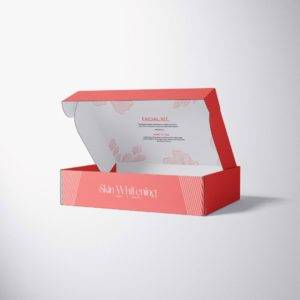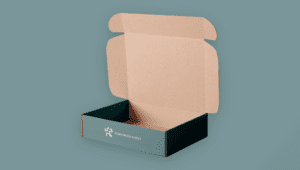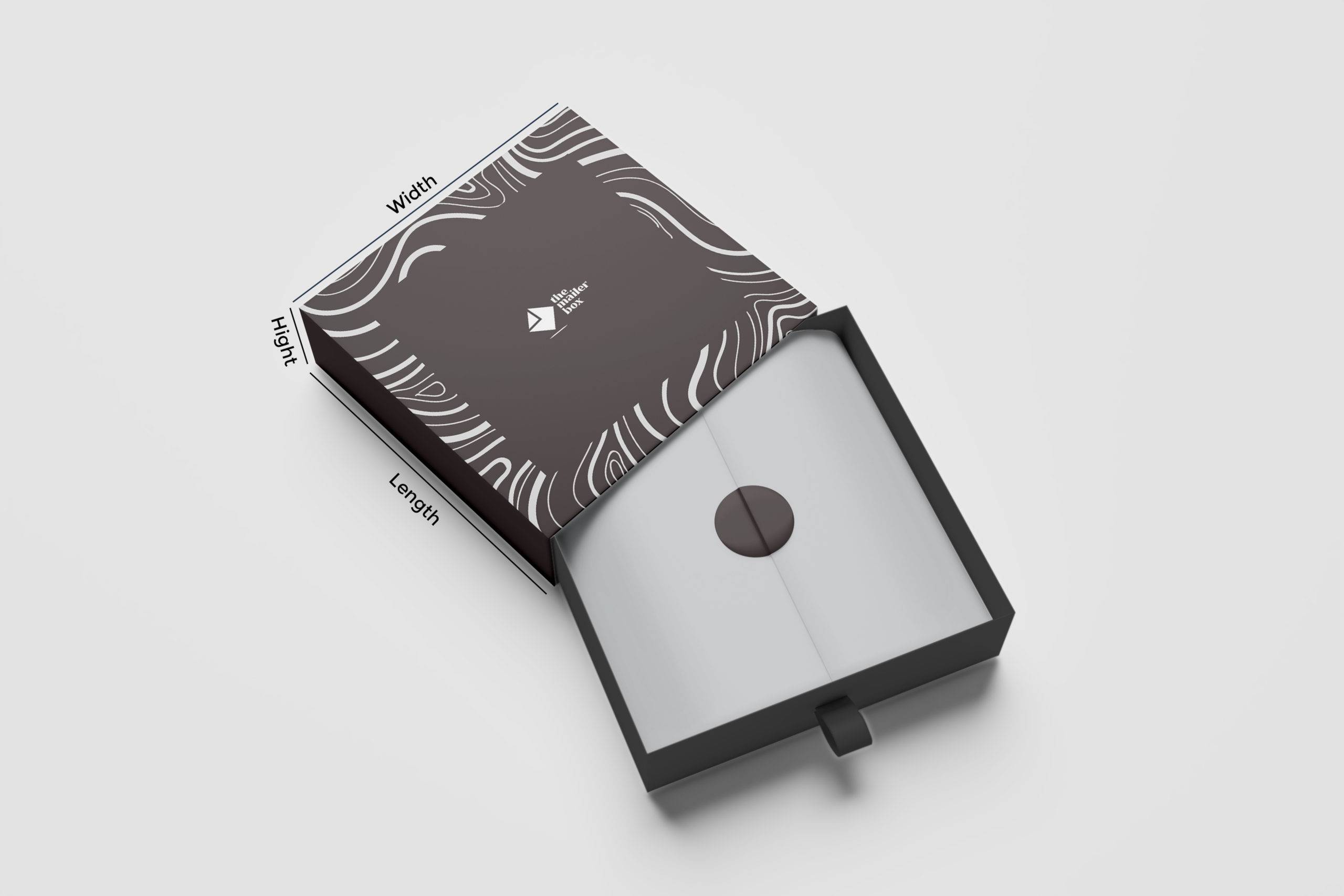All you need to know about foil printing
Have you ever noticed that a hint of gold on an otherwise simple print truly evolves its appeal? This difference is created by foil printing. Invented in the 18th century, gold leaf spray played a great role in the design and compilation of manuscripts and books. And while the use of gold powder was reduced over the years, due to its significant cost, it was replaced with the shiny foil stamping to create a similar impact on printing.
If you are a company selling products in customized packaging, you may want to consider using foil stamping to emphasize your brand identity, logos, and other branding elements such as icons, taglines, patterns, etc.
In this blog, we will review in detail the technique used in foil printing, its uses, and its impact on your customers.
The Technique
There are two ways to foil an artwork; manually or with high-pressure air-powered foiling machines. Previously people only had the option of using the manual technique that was labor-intensive and costly. With advancements in technology, the use of hot foil stamping has increased with the machines enabling printers to cater to large volumes of jobs in a small period. You may still benefit from the labor-intensive machines for projects such as invitations, a limited number of business cards, or exclusive book covers; but if you wish to outsource to custom packaging with foiled logos, then machine work is the ideal and cost-effective solution for you.
As far as the technique is concerned, the mechanism is largely the same for both manual and machine-based foil printing. The die created for the artwork/area that needs to be foiled is heated through the machine and the foil is positioned onto it and then applied with pressure to the selected surface. The hot foil bonds to the paper creating a shiny, and glossy result on the surface.
In commercial printing, there are two different types of techniques that are employed to produce varying effects of foil. As we have mentioned earlier, the advancement in technology allows you to experiment and explore various aspects of the same craft.
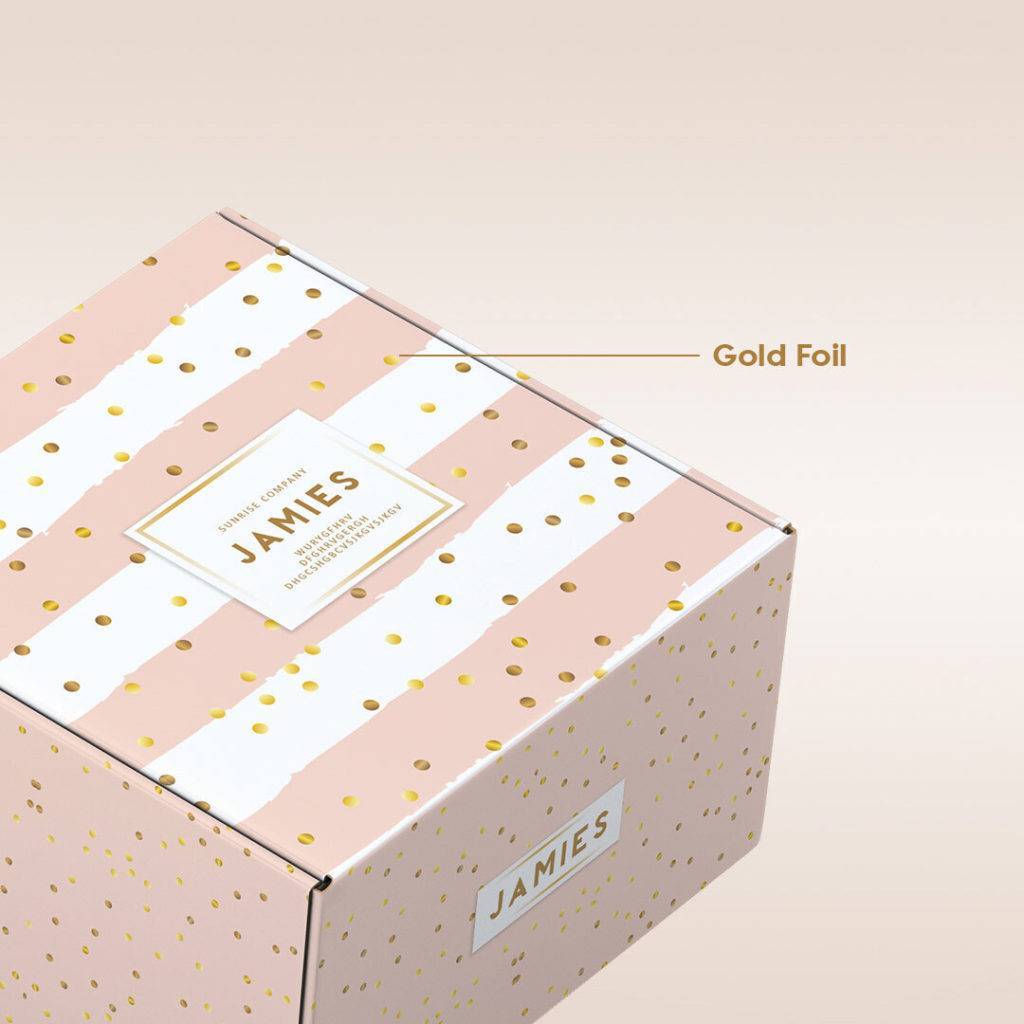
1. Straight Stamp
The purpose of this technique is to cater to a large quantity of foiled paper, especially great for packaging jobs.
2. Clamshell
As the name suggests, the apparatus opens and closes like a clam, bonding the surface material to the foil with the pressure of this movement. It is designed for small to medium-scale jobs.
Similarly, the quality of foiling also rests on the quality of the die and the selected surface paper used to make them. The best quality dies are composed of brass or copper, whereas the average yet less costly option is magnesium.
And did you know that there are different types and textures of foil? Yes!
From metallic to matte, you can choose a range of exclusive foil textures for your printing job. Some of the trending categories are:.
1. Pearl White
A beautiful pearlescent/translucent result on your paper gives it a glimmer. Pearl white foil has a balanced combination of luxury and subtleness. It is a great option for cosmetic or jewelry brands that want to shine but remain classy.
2. Pigment Foils
The texture of pigmented foil is not as shiny as the traditional-looking gold/silver foil but comes in a range of colors. If you want your logo to stand out in the print without opting for gold or silver, then pigmented foil stamping is a great option.
3. Holographic Foil
Do you like seeing a variety of colors in the light? Then explore that in your print. Holographic foils give an impression of multiple colors in the light. They are good if you are a fun and exciting brand and explore different branding styles.
Why Foiling Matters
Foil printing is used widely to enhance printing and make it more visually appealing. There is no doubt that foiled prints are more attention grasping than plain prints. Numerous studies show that customers engage more with products that have the brand identity popping out with either foiling or UV effect.
- Luxurious feel
Foiling gives a luxurious and elegant feel to your package. Pick any custom package and you will see how brands stand out from their competitors with smart use of finishes such as foiling and UV. It gives your package a prestigious feel while resting on the shelf with the competitors. If you want your brand to be associated with premium brands in the field, then consider using premium hot foil on your artwork/branding.
- Versatile
One of the best things about foiling is that they come in a range of texture and options. You can customize the finishing in different colors and textures of your choice. Many brands like to stay firm on their brand colors but at the same time wish to enhance their identity and branding elements. This can be achieved with foil stamping.
Foil Uses in Packaging
Custom Boxes
If you are customizing your mailer or product boxes, then foiling can help you make your logos and artwork look more attractive. Many brands choose to foil their icons or logo to make their box stand out in the crowd.
1. Labels/Stickers
Many brands have customized labels and sticker jobs for packaging companies. You can use foil stamping on these to enhance the design and make it look more prominent.
2. Inserts
If you are planning to insert cards or butter papers in your custom boxes, you can use foil stamping on the text or logo patterns to create a lasting unboxing experience.
Is it worth it?
There are hundreds of brands that use foil stamping every day to make their products and packaging look more premium, creating a lasting impact on their customers. If you want the same from your packaging and branding practices, then yes, it is worth the investment.

